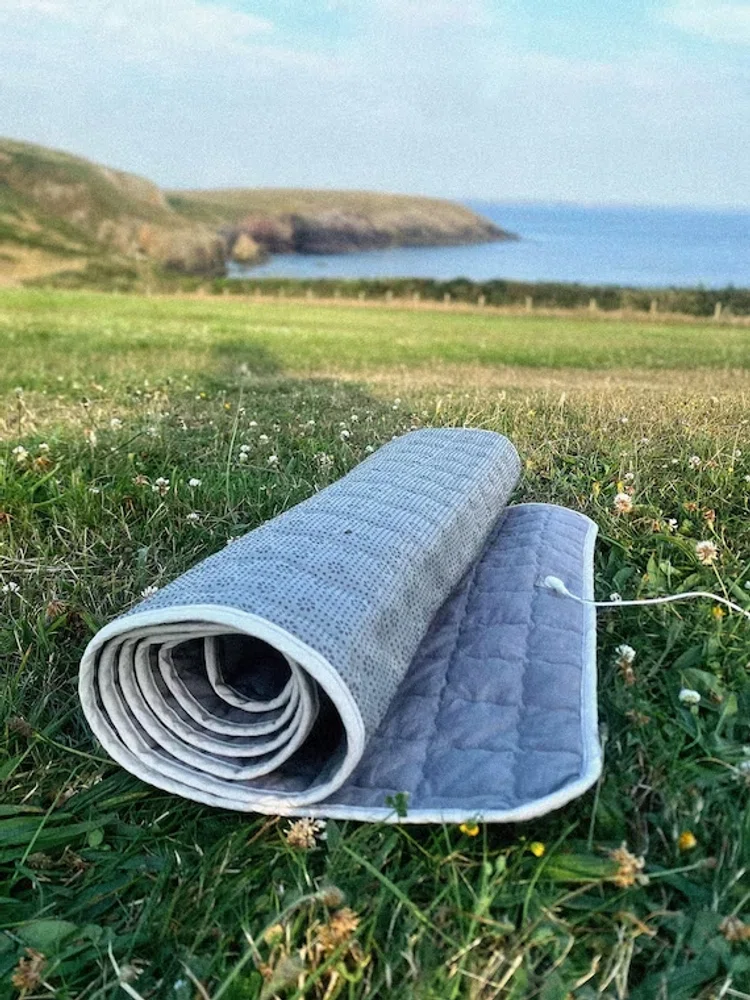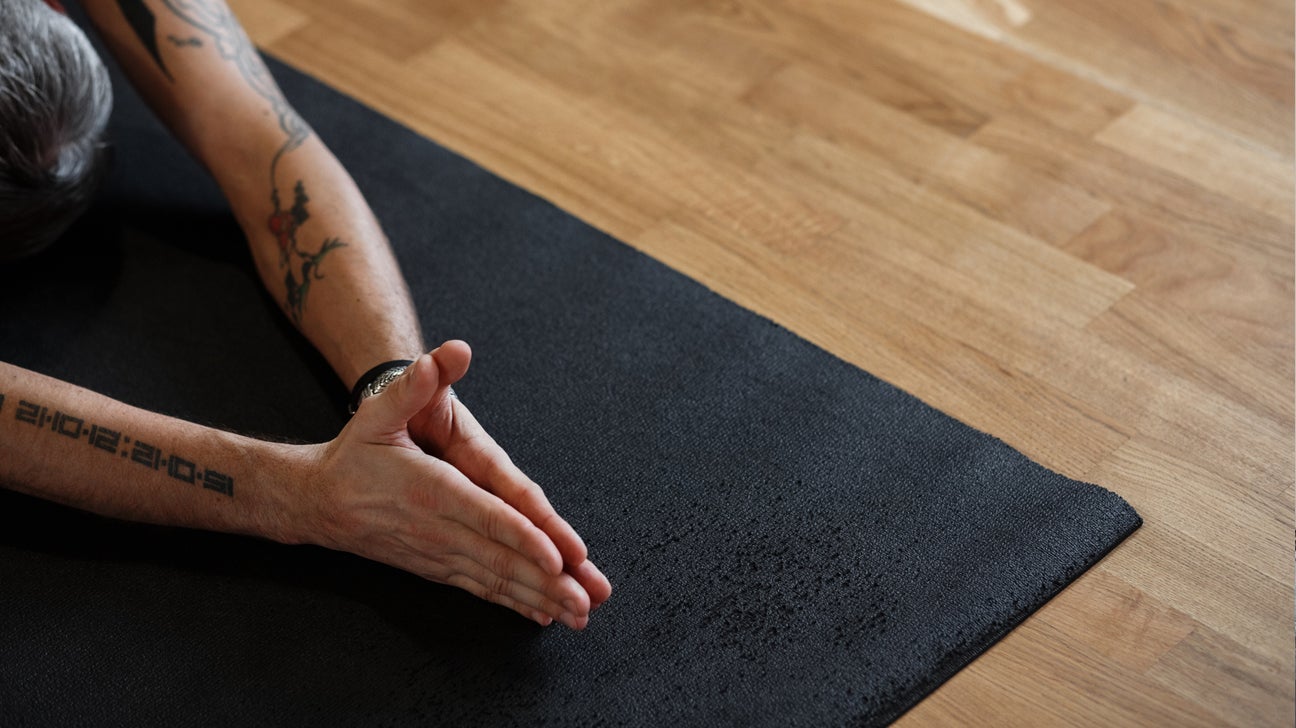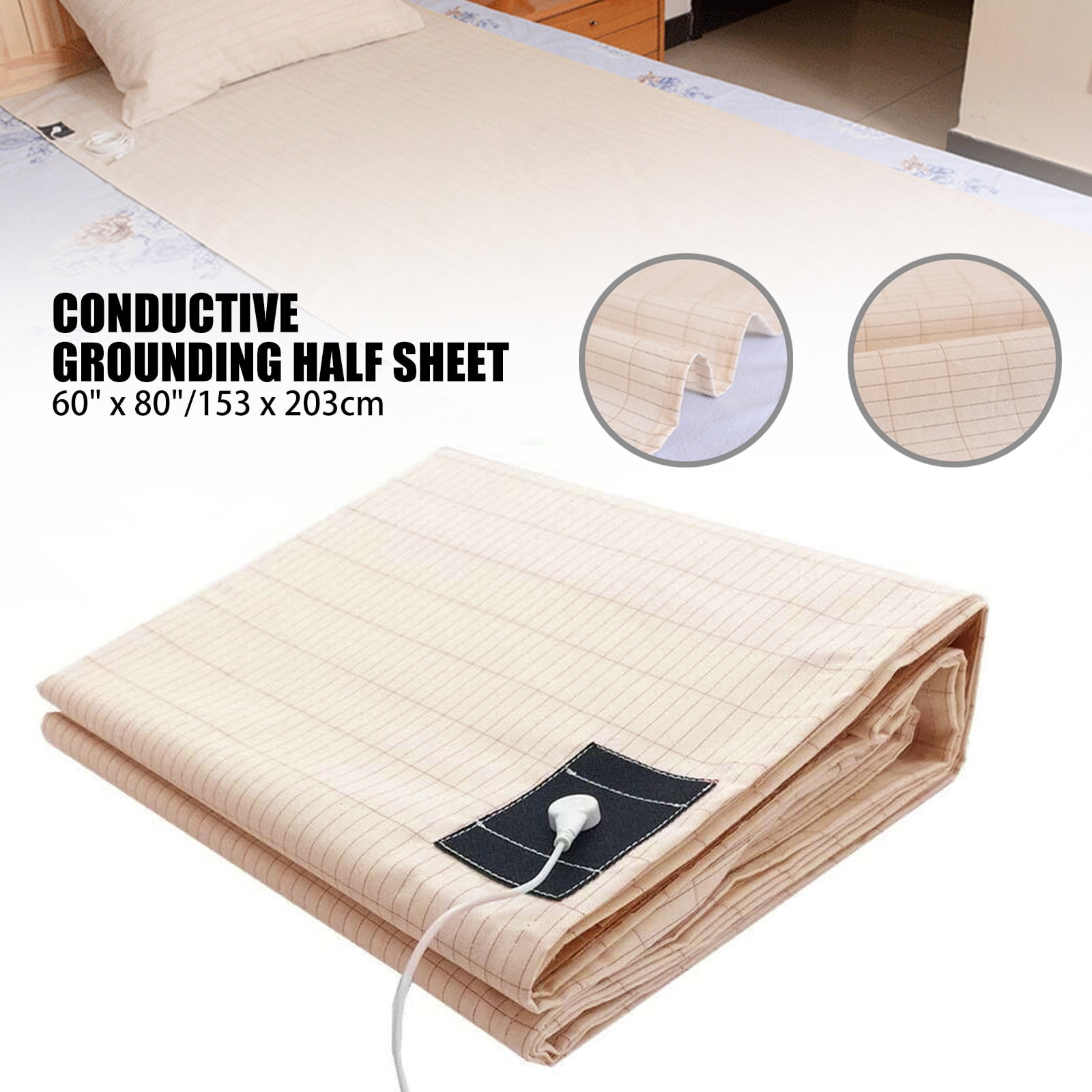How To Make A Grounding Mat

In a world increasingly saturated with electromagnetic fields (EMF) from our digital devices, a growing number of individuals are turning to a simple, yet potentially profound, practice: grounding, also known as earthing. This involves direct physical contact with the Earth's surface, theorized to allow the body to absorb free electrons and neutralize harmful positive charges. While studies on the benefits of grounding are still emerging, many proponents claim it can reduce inflammation, improve sleep, and alleviate stress.
This article provides a step-by-step guide on creating your own grounding mat, enabling you to potentially experience the reported benefits of earthing from the comfort of your home or office. We'll explore the necessary materials, construction techniques, and important considerations to ensure safe and effective grounding practices.
Materials You'll Need
Creating a grounding mat is a relatively straightforward process. Gathering the correct materials is the first essential step.
Fabric: Opt for a natural fabric like cotton, linen, or hemp. These materials conduct electricity better than synthetics. Aim for a piece that is at least 12x18 inches to offer a reasonable surface area for contact.
Conductive Material: This is the key component that will facilitate the transfer of electrons. Silver fabric is a common choice, but stainless steel or copper mesh can also be used. Make sure the material is safe for skin contact.
Conductive Thread: This thread will be used to sew the conductive material onto the fabric and connect it to the ground wire. Silver-plated or stainless steel thread are ideal options.
Ground Wire: A standard electrical wire with an alligator clip on one end is necessary to connect the mat to a grounded outlet. Ensure the wire is long enough to comfortably reach an outlet.
Optional: A multimeter can be used to test the conductivity of the mat after it is constructed. This ensures proper grounding.
Step-by-Step Construction Guide
Now that you have all of your materials, follow these simple steps to create your grounding mat.
Step 1: Prepare the Fabric
Wash and dry the chosen fabric to remove any residues that could impede conductivity. Cut the fabric to your desired size and shape. This will be the base of your mat.
Step 2: Attach the Conductive Material
Cut the conductive fabric or mesh to a slightly smaller size than the base fabric, leaving a small border. Position the conductive material on top of the base fabric and secure it in place using conductive thread. Sew across the entire surface of the conductive material, creating a grid-like pattern to ensure consistent conductivity.
Step 3: Connect the Ground Wire
Attach one end of the ground wire to the conductive material. This can be done by carefully sewing the wire directly to the conductive fabric using the conductive thread. Ensure the connection is secure and makes good contact.
Step 4: Insulate the Back (Optional)
To protect the conductive material and provide a more comfortable surface, consider adding a backing layer of fabric. Sew the backing fabric to the edges of the base fabric, encasing the conductive material within the mat.
Step 5: Test the Conductivity
Using a multimeter, test the conductivity of the mat. Place one probe on the conductive material and the other on the alligator clip of the ground wire. You should get a very low resistance reading, indicating good conductivity.
Safety Precautions and Considerations
While grounding is generally considered safe, there are important precautions to consider before using a homemade grounding mat.
Electrical Safety: Only plug the alligator clip of the ground wire into the ground port of a properly grounded electrical outlet. Never plug it into the hot or neutral slots, as this could create a serious electrical hazard. If you are unsure if an outlet is properly grounded, consult an electrician.
Medical Conditions: Individuals with certain medical conditions, such as those taking blood thinners or with implanted medical devices, should consult with their doctor before using a grounding mat. Grounding can potentially affect blood viscosity and may interact with certain medical devices.
Material Sensitivities: Be aware of any potential allergies or sensitivities to the materials used in the mat, particularly the conductive material. If you experience any skin irritation, discontinue use immediately.
Exploring the Science Behind Grounding
The concept of grounding is based on the idea that the Earth's surface possesses a negative electrical charge, rich in free electrons. Proponents believe that connecting to this charge can help neutralize positive charges (free radicals) in the body, which are linked to inflammation and various health problems.
Studies on grounding have shown promising results in areas such as reducing inflammation, improving sleep, and alleviating pain. For example, one study published in the Journal of Alternative and Complementary Medicine found that grounding reduced blood viscosity, suggesting a potential benefit for cardiovascular health. However, more research is needed to fully understand the mechanisms and long-term effects of grounding.
Dr. Laura Koniver, a physician who advocates for grounding, emphasizes the importance of direct skin contact for optimal electron transfer. She cautions against relying solely on anecdotal evidence and encourages rigorous scientific investigation into the benefits of grounding.
Looking Ahead: The Future of Grounding Research
The field of grounding research is still in its early stages, but the potential benefits are attracting increasing attention from scientists and healthcare professionals. Future studies will likely focus on further elucidating the mechanisms of action and exploring the efficacy of grounding for specific health conditions.
As awareness of grounding grows, we can expect to see more innovative grounding products and techniques emerge. The key will be to ensure these products are safe, effective, and based on sound scientific principles.
Whether you choose to create your own grounding mat or purchase a commercially available product, grounding represents a potentially valuable tool for promoting well-being in our increasingly electrified world. By connecting with the Earth's natural energy, we may unlock new possibilities for improving our health and vitality.


















